Imagine a people so steadfast they’ve preserved the apostolic prayers of Jesus’ first followers, untouched by centuries of change. As faith drifts in a secular world, a countercurrent surges: young seekers, disillusioned with modern denominations, are flocking to Christianity’s ancient roots, particularly Orthodoxy. The Orthodox Old-Rite Old Believers, the most archaic form of Orthodoxy, stand as unwavering guardians of the first non-denominational Christian rites since the 1st century. Despite persecution and obscurity, their two-finger cross remains a defiant symbol of untainted faith, drawing curious younger generations from Protestant, Baptist, and Catholic backgrounds to their timeless traditions.
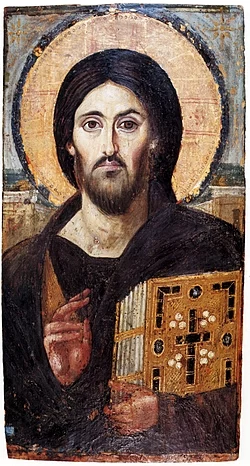
Their story, barely whispered in mainstream circles, is a shocking testament to spiritual endurance that demands your attention.
Roots of a Hidden Faith
The Old Believers emerged from a 17th-century raskol, or schism, when Patriarch Nikon tried to align Russian Orthodoxy with Greek practices. Refusing to abandon archaic Orthodox traditions like the two-finger sign, they faced brutal persecution. Archpriest Avvakum, burned alive in 1682, led their resistance, preaching in the vernacular to preserve apostolic purity.
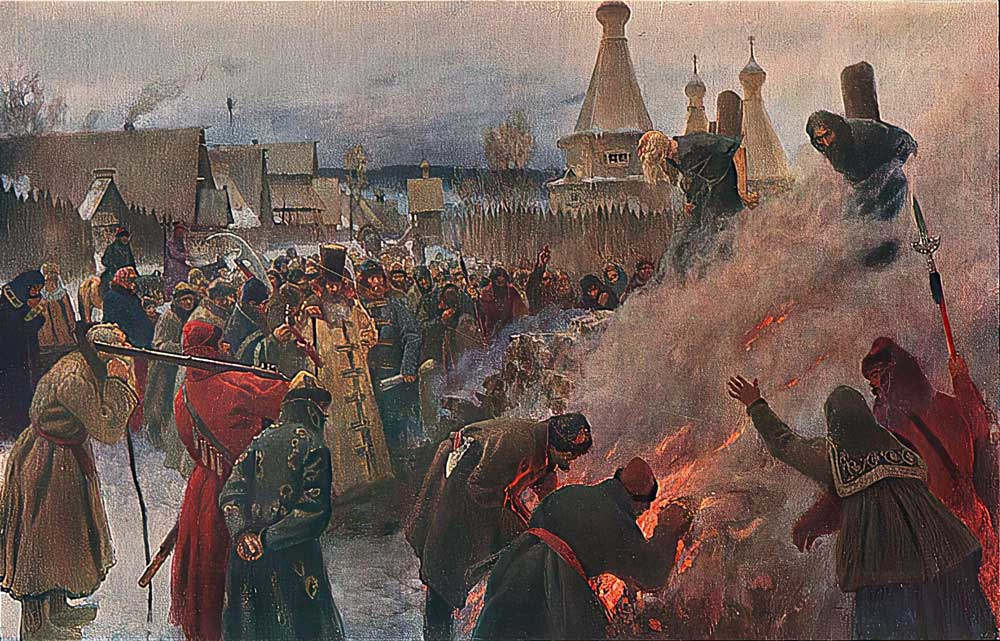
Their sobornost, a communal spirituality, kept them united. Meanwhile, Tsar Alexis backed Nikon’s reforms, but the Old Believers saw themselves as protectors of Christ’s prayers, unyielding against a world drifting from truth.
Unyielding Against Persecution
For centuries, Old Believers endured torture and executions. Some, like Boyarina Morozova, died in starvation, her two-finger cross raised defiantly.
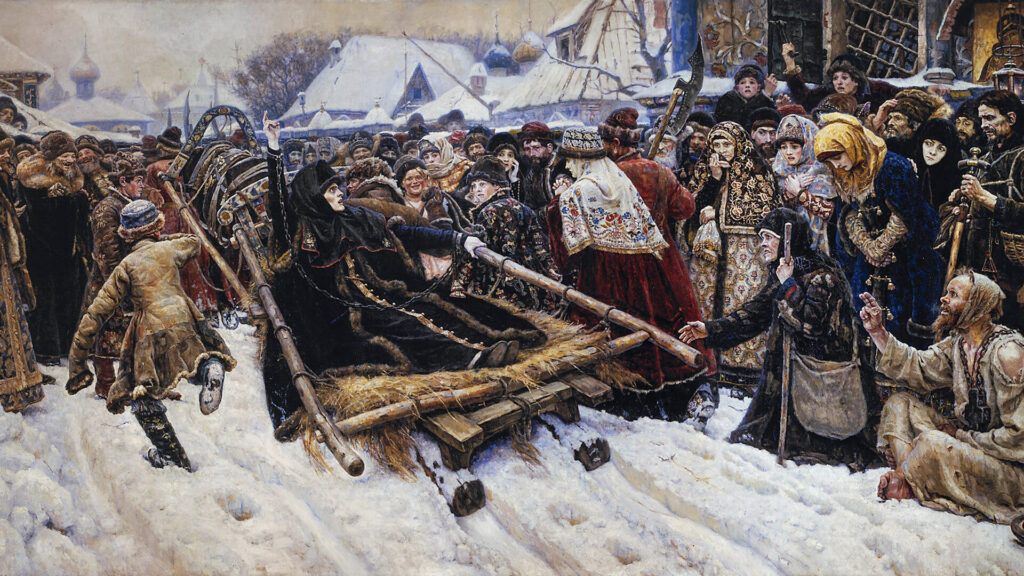
Others fled to Siberia, Romania, or Turkey, building prayer halls to maintain their services. Even priestless groups, or “bespopovtsy”, thrived without clergy, believing the Antichrist had corrupted the church. Yet, their Znamenny chant and Church Slavonic services remained unchanged. Astonishingly, in 1971, the Moscow Patriarchate lifted anathemas (formal bans), admitting the old rites’ validity, but the Old Believers’ hidden strength had already proven itself.
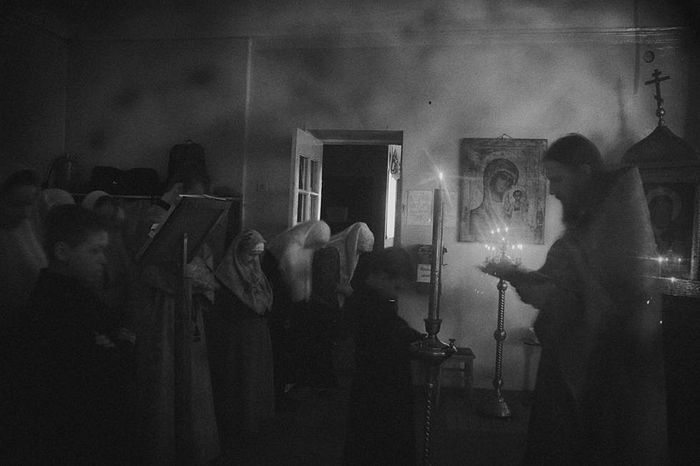
Global Guardians of Tradition
Today, Old Believers, numbering 2-3 million, live in Oregon, Alaska, Brazil, and beyond. In Nikolaevsk, Vladimir Martushev helped build a fishing village, preserving cultural ways. Their “Harbintsy” (immigrants members coming through Harbin, China) and “Turchane” (immigrants members coming through Turkey) communities maintain spiritual cleanliness, wearing hand-embroidered shirts. Despite Soviet persecution, they’ve kept pre-Nikonian rites alive. Even when ROCOR and OCA split off, Old Believers held fast, their longer services a beacon of apostolic fidelity. Their parochial school in Yekaterinburg teaches the next generation to stay unchanged.
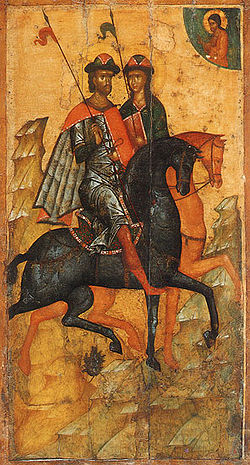
A Legacy Worth Celebrating
The Old Believers’ conservatism isn’t stubbornness—it’s heroic. While Nikonians altered texts in attempts to unify, Old Believers kept “Tserkovnoe”, a Byzantine treasure. Their “Semeyskiye” (Trans-Baykal sects) adapted to Siberia , yet never wavered. In Oregon, they farm and fish, their prayer halls echoing ancient Christianity. This not a mainstream publicized group, often ignored, deserves awe for safeguarding Christ’s prayers. So, why don’t we celebrate these unsung heroes who’ve outlasted empires to protect the first church?
A Silent Resurgence in 2025
In 2025, Orthodoxy, particularly its Old Believer branch, is experiencing a quiet but exponential rise in popularity. Young people, disillusioned with the fluidity of Protestantism, Baptists, and Catholicism, are seeking the unchanging roots of Christianity. Drawn to the Old Believers’ unyielding fidelity to apostolic tradition, they find a spiritual home in the two-finger cross and Znamenny chants. From Alaska to Brazil, these communities are witnessing an influx of curious converts, proving that the ancient faith, preserved against all odds, resonates deeply with a generation hungry for authenticity.
Why don’t we celebrate these unsung heroes who bridge the first century to today?
Like this article?
☕️ Share a coffee: https://buymeacoffee.com/criordan
👉 Follow me on X: @CRiordan2024
Click HERE to read more from Clara Dorrian.
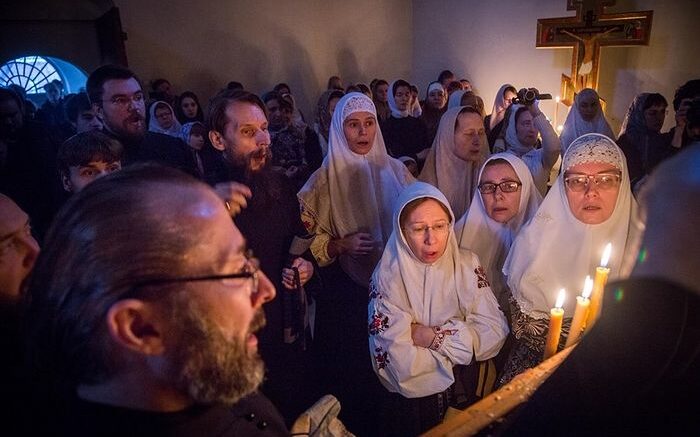






Young seekers are ditching denominations for the Orthodox Old Believers’ ancient roots.